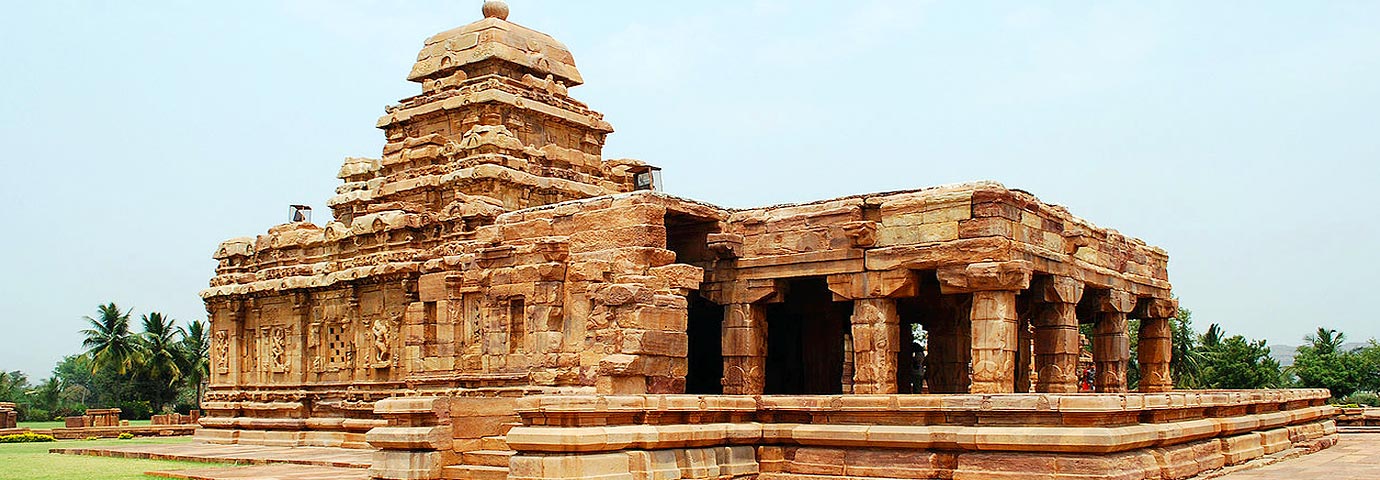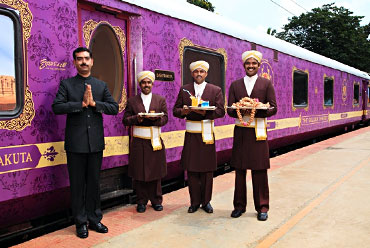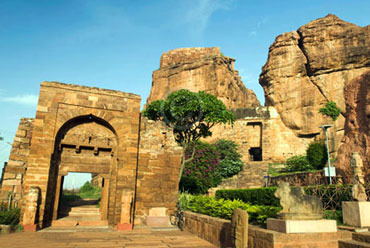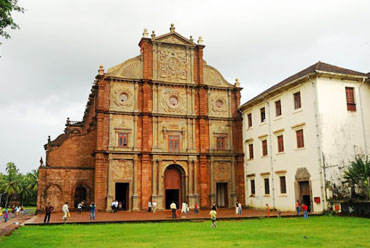Known as the “City of the Crown Rubies” and a UNESCO World Heritage Site, the group of monuments at Pattadkal is a wonderful and amazing proof of great Indian architecture. A magnificent blend of the construction style of Northern and Southern India, the temples included the exceptional Rekha, Prasada and the Dravida Vimana Style of temple building. Besides it also acted as holy site for royal coronation, “Pattadakisuvolal”.
The structures are an assembly of about 10 exquisitely carved temples depicting various legends and stories of great Indian epics, Ramayana and Mahabharatha, as well as figures of other gods, goddesses, demons and battlefields. The Chalukyans were a great patron of arts and monument construction and it is in their period that great experiments and innovations in various architectural styles took place, taking the skill of building construction towards a newer dimension. The temples at Pattadakal (nine Hindu temple and one Jain sanctuary) were built at different times and under different rulers. The oldest temple at the site is Sangamesvara temple, built by King Vijayaditya Satyasraya (AD 697-AD 733). While the temples like Kadasiddeshvara, Jambulingeshvara were constructed during the 7th century, the Mallikarjuna temple was constructed to celebrate the victory over the Pallavas by Vikramaditya II and the Kasivisvesvara temple being the last one to be built in the early Chalukyan style. The last structure to be added to the assemblage at Pattadakal was the Jain temple constructed by Rashtrakuta ruler Krishna II in the 9th century A.D.
Located about 22 km from Badami and 514 km from Bangalore, Pattadkal was once the rich capital of the Chalukyas during the 7th and 8th century. With the flowing of the sacred Malaprabha River towards its northern regions, the place has much religious significance also. It is now one of the most famous tourist spots in India and was inducted in UNESCO World Heritage list in 1987.





